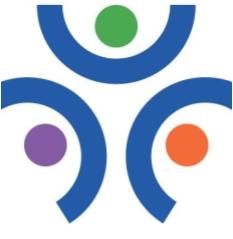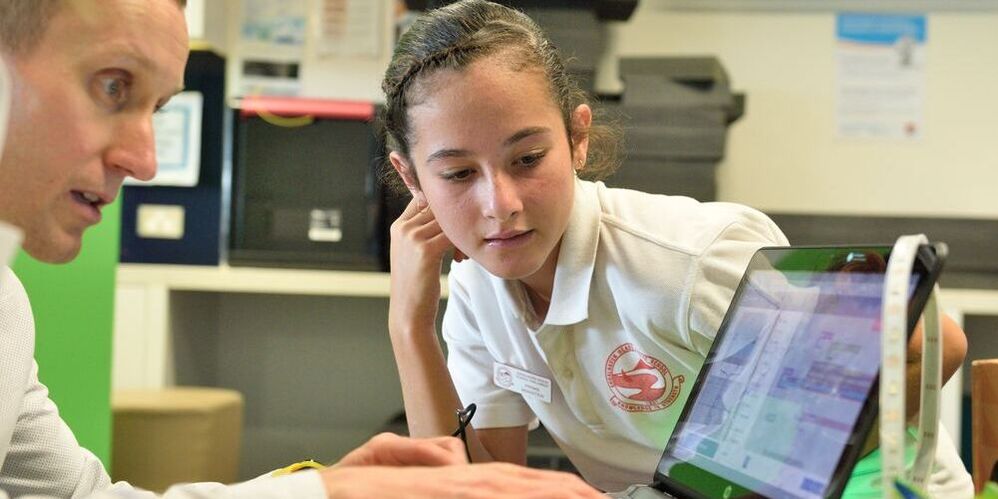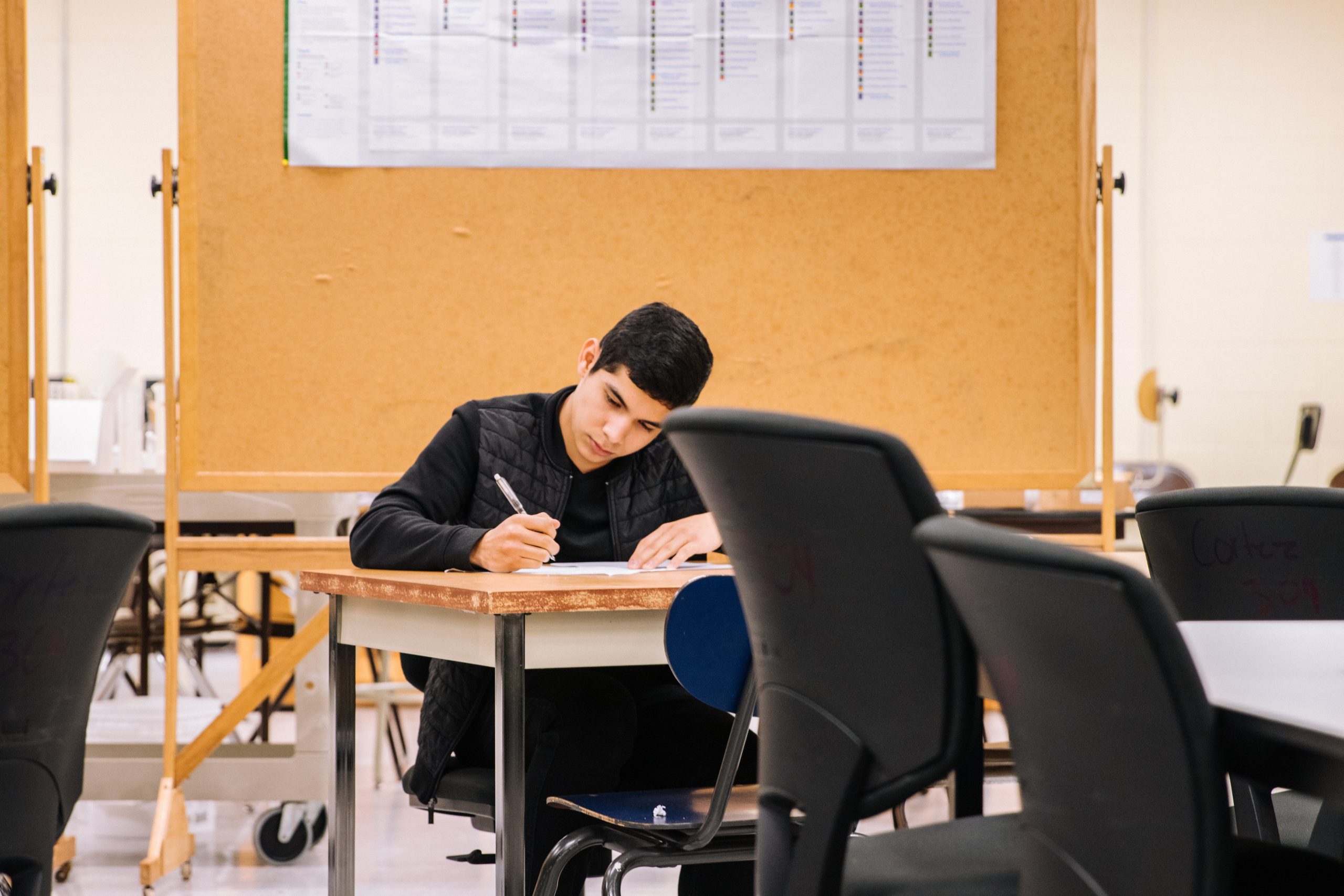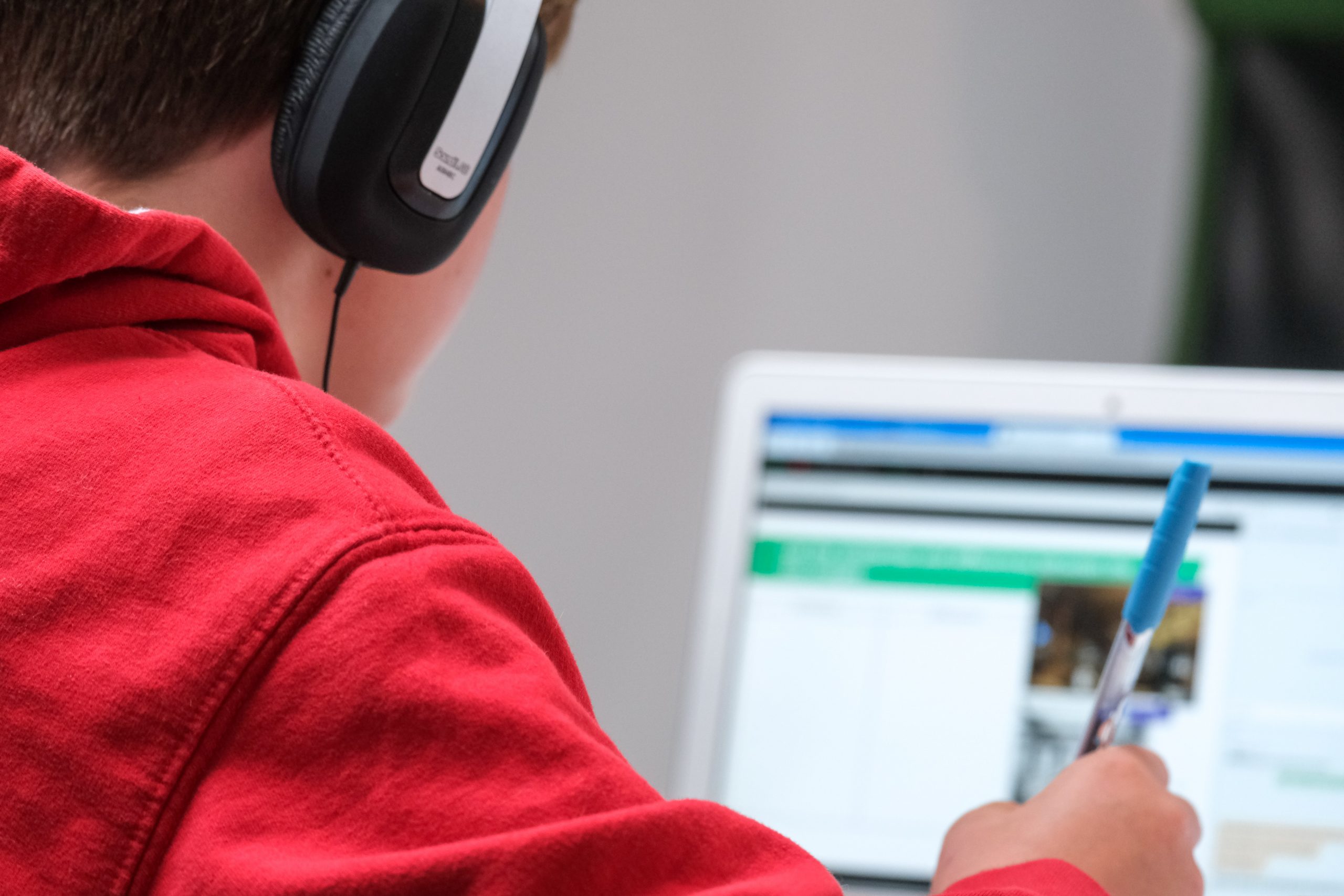STEM – the acronym for (Science, Technology, Engineering, and Math), has a highly significant role in assisting with the education of ADHD and dyslexic students struggling in a traditionally oriented classroom environment. ADHD and Dyslexia are often tied together as 50 to 60 percent of students that test positive for ADHD are also diagnosed with dyslexia. Current research indicates 70% of children with ADHD also have Learning Disabilities. Students with these types of developmental disabilities may have many gifts that make STEM education beneficial for them and the way their brains learn.
Channeling the Gifts of Children with ADHD/Dyslexia in a Custom Curriculum
In a traditional classroom setting, children with ADHD, dyslexia, or other learning disabilities may very well stand out from others. They often struggle with short attention spans while being taught under direct instruction. In some cases, they may be challenged to remain in their seats during class time. Students with ADHD/Dyslexia may be easily distracted by odd noises in the classroom setting, such as the hum of a heating vent or the grinding of a pencil sharpener. Most often, students with these conditions will struggle with following directions and focusing in the classroom. More often than not, the traits that may make children with ADHD/Dyslexia struggle in a traditional class, make them successful in STEM Education and multisensory learning opportunities.
STEM, ADHD/Dyslexia, and Creativity
Students with ADHD/Dyslexia learning differences have many aptitudes that can be positive in the context of Science, Technology, Engineering, and Math (STEM) education. Students with ADHD have the propensity of being energetic. When working on STEM-based tasks such as programming or robotics, these tasks can be time-consuming and cause physical and mental fatigue.
Conversely, students with ADHD/Dyslexia possess the ability to sustain their energy through long, complicated tasks that would wear out the typical person. Students with ADHD/Dyslexia tend to be creative and inventive, particularly in a stimulating learning environment. Creativity happens when many regions of the brain interact. These regions govern different types of thought, as well as emotion. Creativity is an essential skill for students to succeed in STEM classrooms and STEM-related careers.
Intuition, ADHD/Dyslexia, and Real-World Problem Solving
Students with ADHD/Dyslexia tend to be able to reason problems out intuitively without having to practice a conscious reasoning process. People with ADHD/Dyslexia, the vicinity of the brain where intuition happens is typically more fully developed than in people who don’t have ADHD/Dyslexia. Intuition permits the child to look at problems on a deeper level, and real-world dilemmas are the foundation of STEM education.
As part of a STEM challenge, students could be presented with a real-world problem such as trash ending up in a watershed. Their intuition will give them an edge over a typical student. Whereas another student may have to work consciously through the reasoning process to analyze the situation, a child with ADHD/Dyslexia will approach it differently and will be able to analyze and reason the problem perhaps more quickly because their enhanced sense of intuition will draw the brain to the most critical aspects more quickly. Engineers need this skill to be successful in working on complex programs they face in their careers.
Benefits of STEM Education for ADHD/Dyslexia Students
The creative and intuitive nature of students with ADHD/Dyslexia lends itself well to academic models often used in STEM education. The ‘flipped classroom’ used in STEM education classes works well for children with ADHD/Dyslexia. In this model, the direct instruction component, such as reading and taking notes, is completed outside of the classroom at home.
Hands-on STEM activities tend to focus on real-world problem-solving. That model allows for direct instruction to be accomplished in a self-paced atmosphere. The flipped model removes the pressure from children with ADHD/Dyslexia who may need to take more breaks during the direct instruction to refocus themselves by getting up and moving. During actual class time, it is easier for children with ADHD/Dyslexia to manage their symptoms because they are engaged in STEM activities that alight with their strengths: creativity, intuitiveness, and kinesthetic learning.
STEM education also engages ADHD/Dyslexic students who suffer short attention spans in technology. When students engage in STEM and technology, they are connected to a world of fast-shifting images. This rapid shifting of sounds and images associated with using the technology of all kinds appeals to the ADHD/Dyslexia learner, who is naturally a non-linear thinker. A conventional learner might need a teacher to walk them slowly from A to D. An ADHD/Dyslexic student doesn’t learn that way. Their minds naturally jump from point to point and then assimilates all of that input into the actual learning.
Lake Michigan Academy offers effective custom curriculums and tutoring to students with learning challenges.






